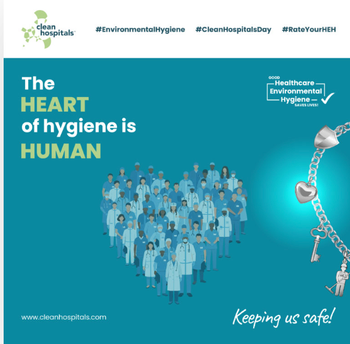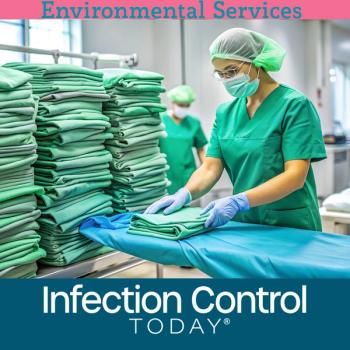
Augustine Medical Announces Changes in Leadership
EDEN PRAIRIE, Minn., July 19 -- Augustine Medical, Inc. has announced that Scott Augustine, founder, Chairman and CEO of the company, will assume the position of Chief Technology Officer and Medical Director, effective immediately. Augustine Medical's President and Chief Operating Officer, John Thomas, will continue in that role and serve as the senior executive of the company while the Board of Directors conducts a search for a new CEO.
John Herman, Executive Vice President at Park Nicollet Heath System, has been elected as the new Chairman of Augustine Medical's Board of Directors. In a letter to shareholders, Herman said the management changes would allow the company's founder to "focus on his love of innovation and creativity in the medical device industry." In addition to allowing more focus on innovation, Herman said that adding additional management expertise to the company's existing management team would be the best way to assure the company's continued growth.
In a statement to employees, Dr. Augustine stated that, largely because of employees' efforts, Augustine Medical is in a position of strength from a financial and market perspective. He also stated that he looked forward to continuing to work with the company in the areas of product development, intellectual property, clinical research, strategy development and technology assessment and acquisition.
Augustine Medical, Inc., a privately held medical device company, develops products that provide innovative, practical solutions to common medical problems. Founded in 1987, the company pioneered the concept of perioperative temperature management using forced-air warming. The company's product lines include the Bair Hugger(R) forced-air warming system; the Ranger(R) blood/fluid warming system and Warm-Up(R) wound therapy. For more information on Augustine Medical, see http://www.augustinemedical.com/ .
Newsletter
Stay prepared and protected with Infection Control Today's newsletter, delivering essential updates, best practices, and expert insights for infection preventionists.





